Jakarta, 18 Jumadal Awwaal 1437/26 February 2016 (MINA) – The Association of Southeast Asian Nations (ASEAN) is jointly developing a disaster response plan to ensure a speedier and more effective delivery of emergency assistance in the region.
The move marks the first concrete step by the ten-nation bloc to implement its One ASEAN, One Response vision.
More than 100 representatives from public, private, military and humanitarian organisations gathered on Thursday (Feb 25) at a workshop in Jakarta to develop the scheme, signalling another milestone for ASEAN in managing large-scale natural disasters in its own backyard, Mi’raj Islamic News Agency (MINA) quoted CNA as reporting.
“When we talk about one ASEAN response, we are talking about speed, scale and solidarity,” said Said Faisal, Executive Director of ASEAN Coordinating Centre for Humanitarian Assistance and Disaster Management (AHA Centre).
Also Read: Densus 88 Confirms Jakarta School Explosion Was Not Terror-Related
“It’s basically how we can move faster, big enough and under the banner of ASEAN when handling disaster within the ASEAN region.”
In the past four years, the centre has responded to 13 disasters across the region, with the biggest one being Typhoon Haiyan in the Philippines in 2013.
The experience spurred the bloc to develop a joint response plan that would allow it to marshal available resources during the emergency relief phase, which usually lasts about a month after a major disaster strikes.
“There is still a lot to be done. We feel that the private sector players need to understand and be better acquainted to the general principles of humanitarian engagement and disaster response, and also to be able to value-add to the existing humanitarian mechanisms and eco-system,” said Hassan Ahmad, a technical advisor at the Corporate Citizen Foundation.
Also Read: Police Name Suspect in Jakarta High School Explosion
ASEAN said the joint response plan is not an attempt to standardise but rather harmonise the different mechanisms that exist for disaster response. The main objective, according to the group, is to reach communities in need without stumbling into or stepping on one another, or creating the chaos and wastage seen in past disasters. (R07/R01)
Mi’raj Islamic News Agency (MINA)
Also Read: At World Peace Forum, Kalla Says ‘No One Wants to Be a Victim of War’









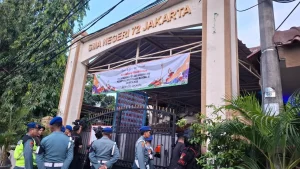
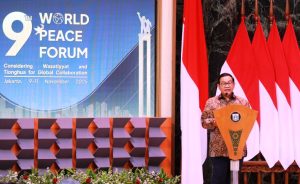
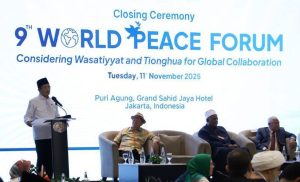

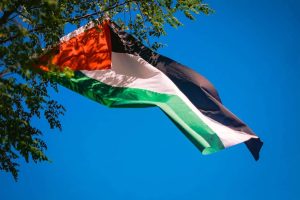
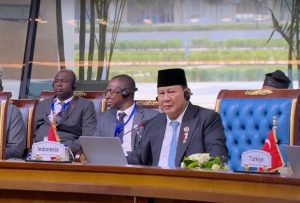

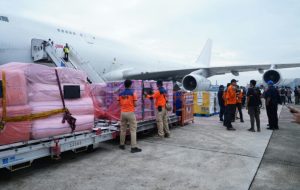
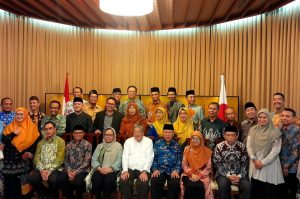
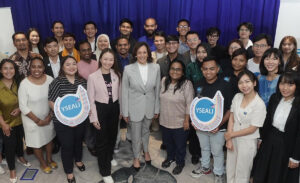
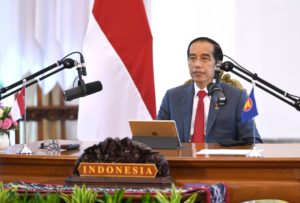



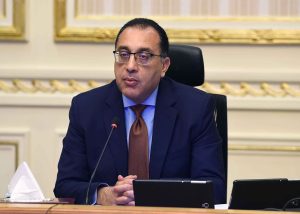
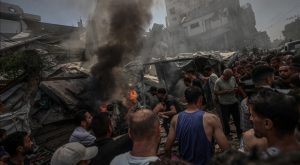
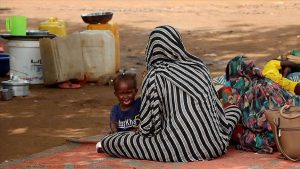
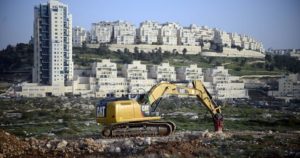


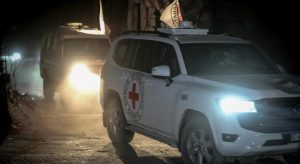



 Mina Indonesia
Mina Indonesia Mina Arabic
Mina Arabic